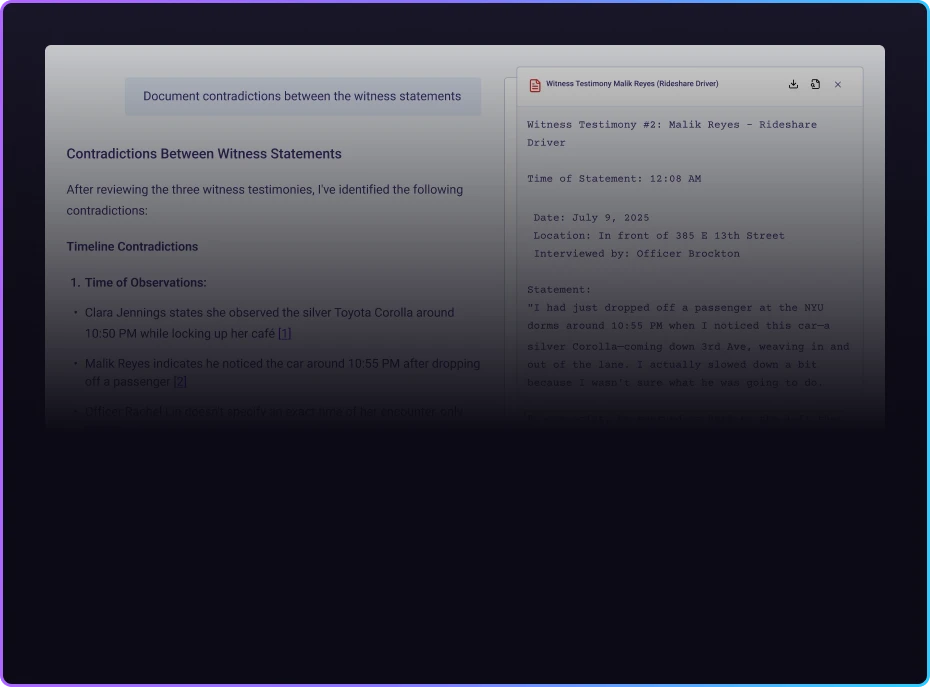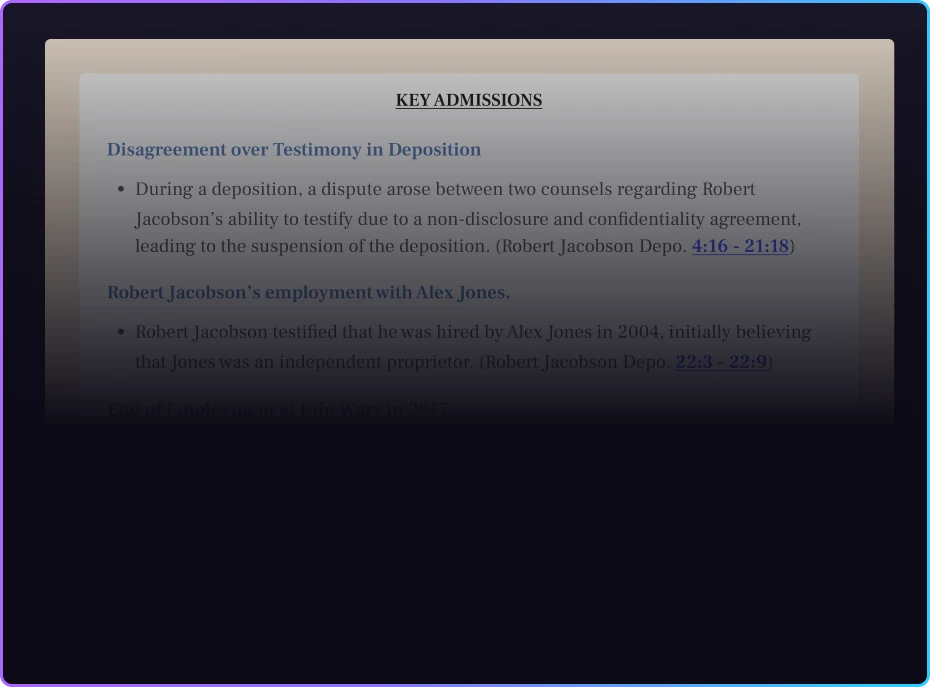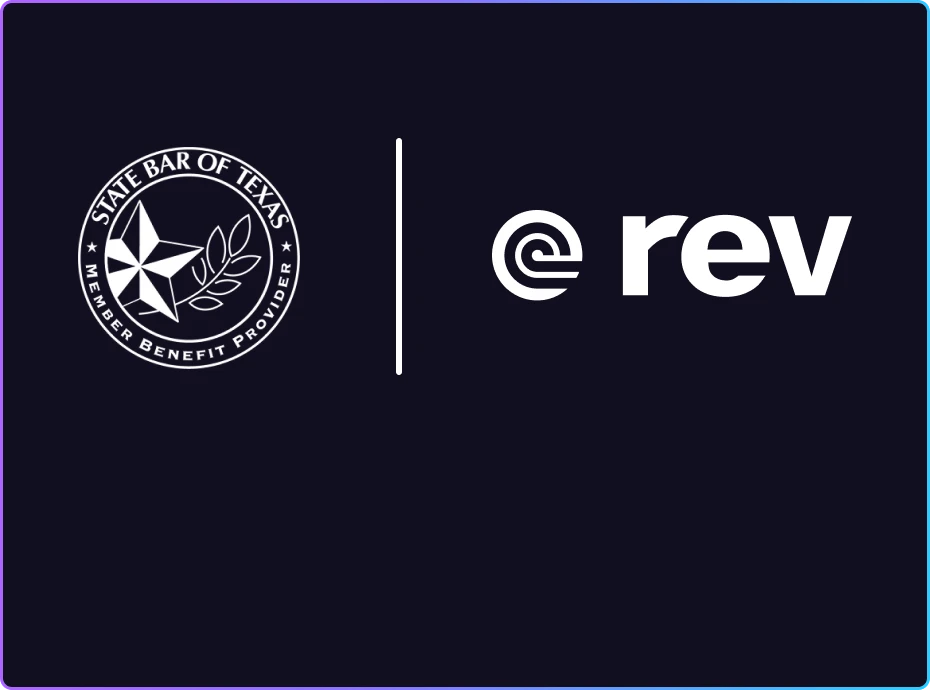What Are Captions? Explore Closed Captions on YouTube, Facebook, LinkedIn
A caption is a title or an explanation for a visual. We’ve all seen it. The little symbol in the corner of your screen with two C’s – CC. Closed captioning is an option in virtually every video, whether you’re streaming or watching an old-fashioned VHS. But what are closed captions? Who are they made for? Why are they even a feature? We’re glad you asked. Here’s everything you need to know about closed captions.
What Does “Caption” Mean?
Like stated above, a caption is a title or an explanation for a visual. You add them to your Instagram posts, you see them next to huge art pieces in galleries around the world. Most commonly, they are integrated into TV shows and movies. Whereas other types of captions might explain one element of the visual, captions on videos not only display what people are saying, but also other important noises that add to the scene.
Benefits of Closed Captioning
The benefits of closed captioning go beyond the deaf or hearing-impaired. Captions allow for different viewing experiences. For example, if you’re watching video in a loud area, closed captioning provides a way to follow the story still. They also make it easy to watch video in spaces that you need to be quiet because you can follow the plot without turning the volume up. But most importantly, the benefit of closed captions for every viewer is clarity. You never have to rewind to make sure you heard something right — captions give you a new way to understand what’s going on.
Examples of Different Types of Closed Captioning
While the closed captioning guidelines are different for every platform, most video streaming websites (and traditional TV networks) require some version of closed captioning for their viewers. Here are some examples of closed captioning on the most popular platforms.
Facebook encourages anyone posting a video to include closed captions as an option. They do offer captions created by AI, but you can also upload an .srt file when you upload the video to add your own, more accurate, captions. Adding your own captions also gives you the benefit of timing them correctly so important points don’t get lost in the video.
Similarly, LinkedIn offers a way for users to add an .srt file to add closed captions to all of their videos. You have less flexibility in terms of timing of your captions on LinkedIn videos, but it’s still a great addition to your videos. You aren’t required, however adding closed captions to social videos leads to more sharing and a bigger audience for your message.
YouTube
YouTube provides the biggest benefit of closed captions. As the second largest search engine, adding closed captions to your videos on YouTube makes your videos more crawlable, and thus, more easily found online. If you want to make sure you reach more viewers, add closed captions to your YouTube videos.
Learn More About Using Closed Captions
Get more information on closed captions, including how to add captions to your videos and how to order accurate, fast captions for all your videos on our blog. We add new resources regularly, so you will always find something helpful.
Subscribe to The Rev Blog
Sign up to get Rev content delivered straight to your inbox.









